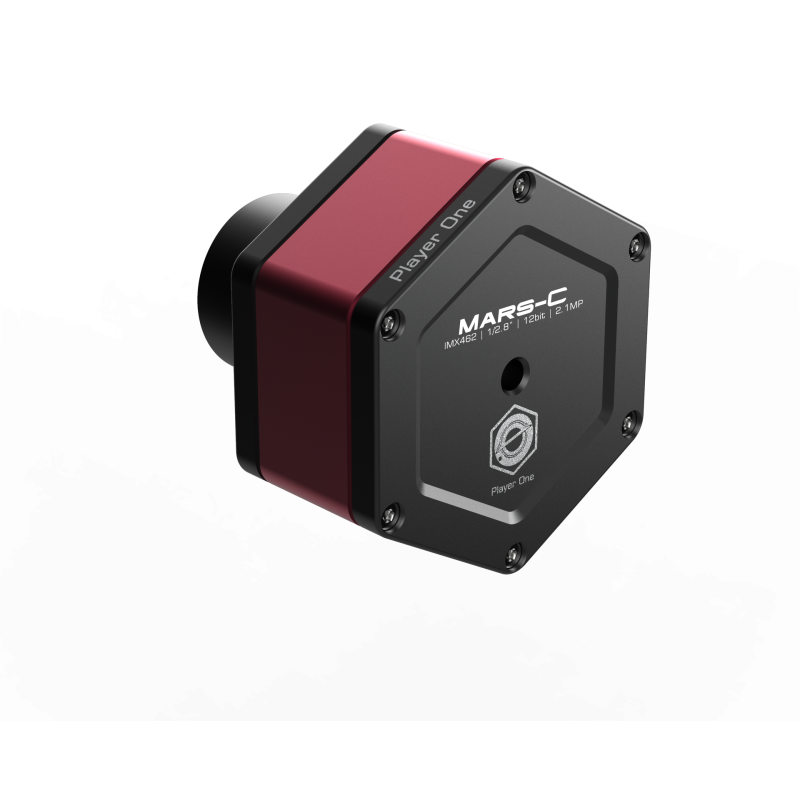
Reference: ZWEAF-N
Brand: ZWO
Reference: ZWEAF-N
Brand: ZWO
Reference: POA-URANUS-C
Brand: Player One
Reference: POA-ACS
Brand: Player One
Reference: AS-FRA400
Brand: ASKAR - Sharpstar
Reference: ZWASI120MINI
Brand: ZWO
Reference: AS-SET-DUO-D1D2
Brand: ASKAR - Sharpstar
Reference: ZWDC-Y-SPLIT
Brand: ZWO
Reference: AS-REDFRA400
Brand: ASKAR - Sharpstar
Banner









Mars-C is a planetary camera developed by Player One Astronomy, which adopts the Sony IMX462 1/2.8” format sensor. The 2.9um pixel size accommodates a well depth of 12ke with a total of 2.1MP (the resolution is 1944*1096), and the diagonal is 6.46 mm.
 security
security
100% Secure Payment
 Delivery policy
Delivery policy
Express shipping of in-stock parts
 RETURN POLICY
RETURN POLICY
Express shipping of in-stock parts
Mars-C is a planetary camera developed by Player One Astronomy, which adopts the Sony IMX462 1/2.8” format sensor. The 2.9um pixel size accommodates a well depth of 12ke with a total of 2.1MP (the resolution is 1944*1096), and the diagonal is 6.46 mm.
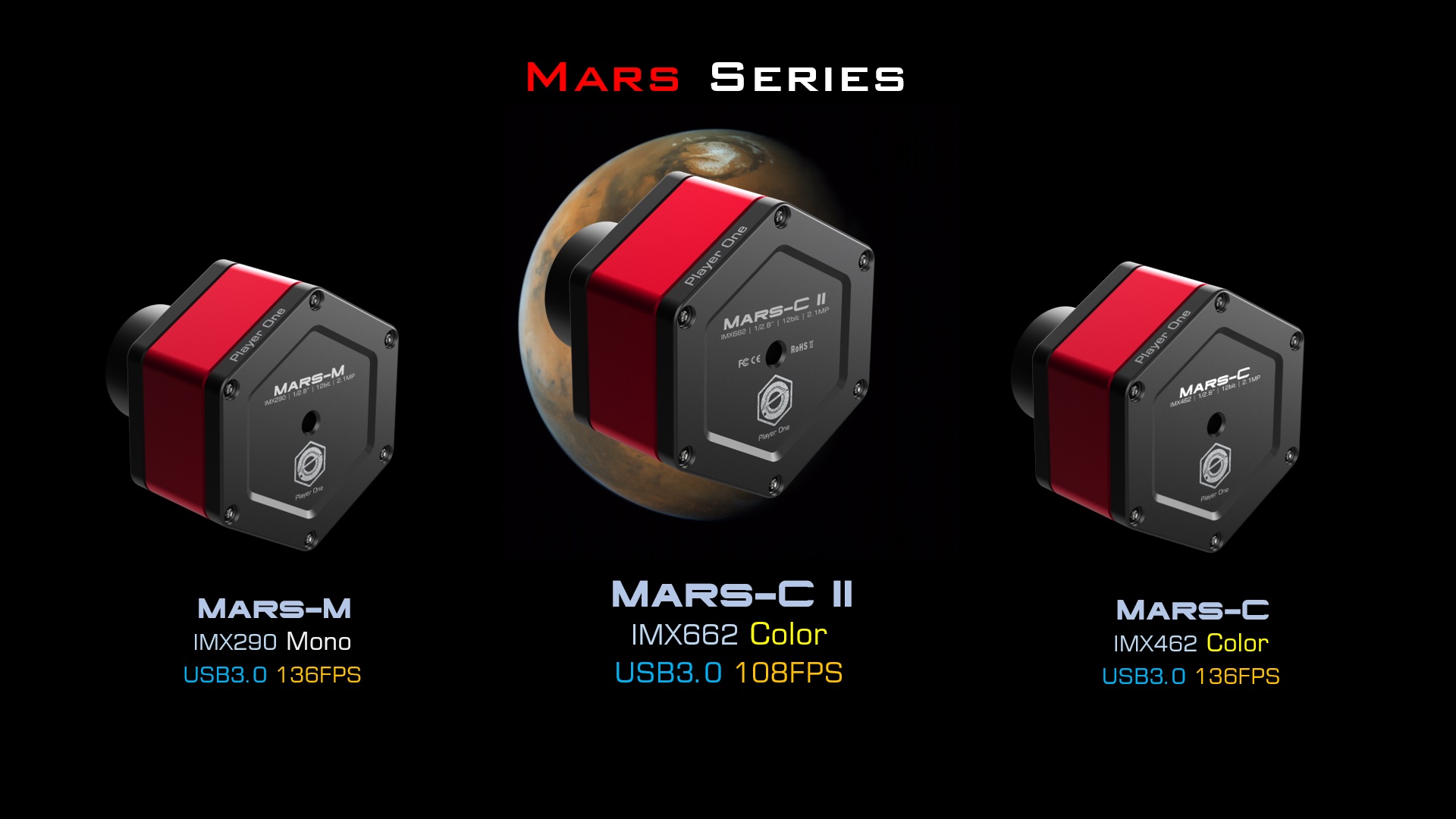
Mars-C has super high sensitivity and ultra-low readout noise. All of these features provide users with excellent performance for planetary imaging, like Mars, Jupiter, Saturn, as well as solar and lunar imaging.
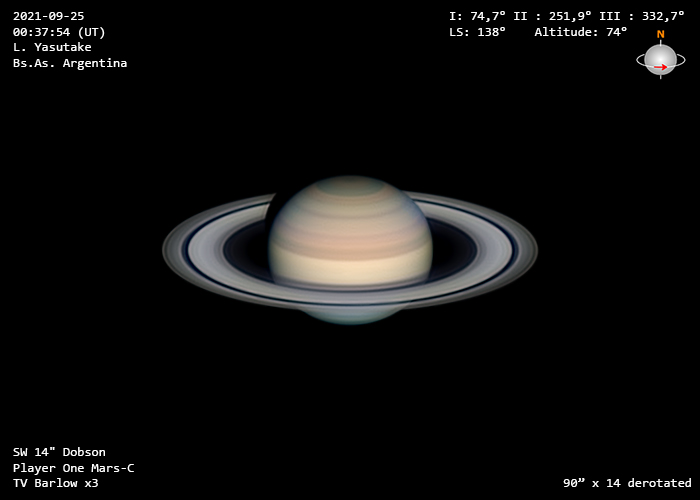
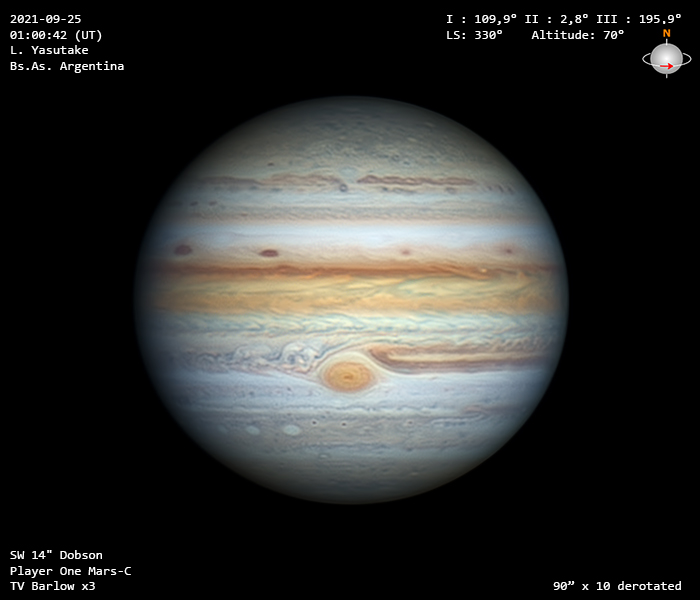
The fun thing is, with the strong ability in capturing infrared lights and the super-high sensitivity, the Mars-C camera can be used as a monochrome camera with an IR850 filter or CH4 filter to capture infrared lights.
Connecting the Mars-C camera to a telescope with a 1.25″ T-Mount, or adding a Barlow lens between the camera and a telescope to extend the focal length for more details.
When taking solar photograph with prominence telescope, the Newton ring is annoying. Smoother solar image without Newton ring could be taken by adjusting the focal plate. Get a much smaller field curvature of the telescope.
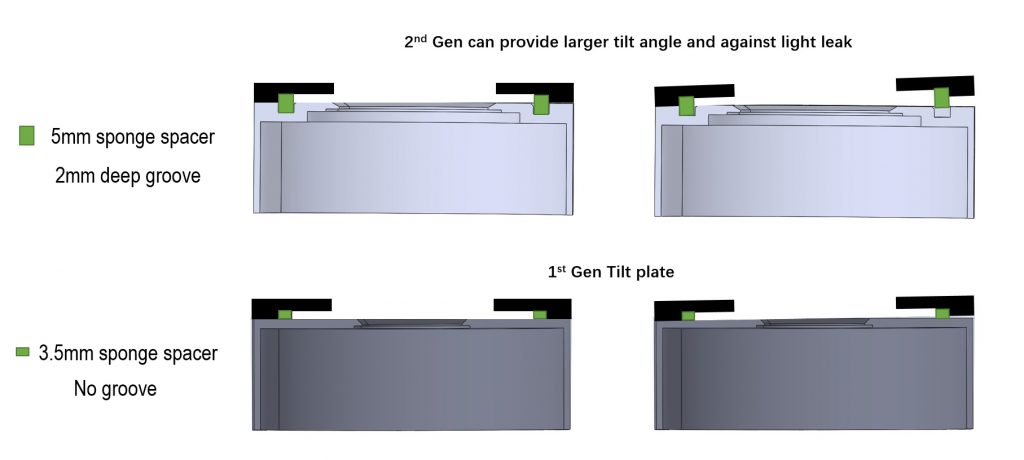
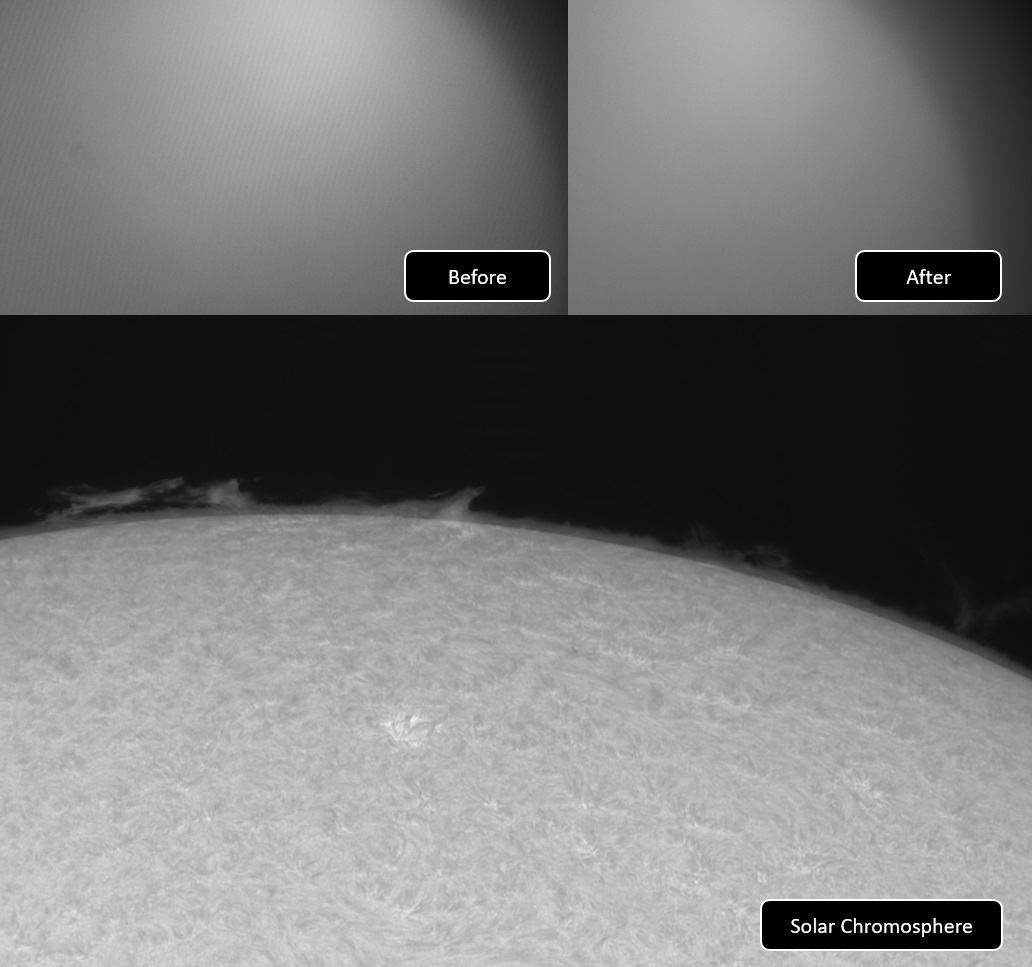
Player One Astronomy cameras are the first one who adpots the DDR3 cache in all planetary cameras in the world! It helps stabilize and secure data transmission, it effectively avoids frame dropping and greatly reduces readnoise.
With the DDR3 cache, the camera does not have high demands on computing needs any longer, it will still has excellent performance even if it is connected to a USB 2.0 port.
%20%E2%80%93%20Player%20One%20Astronomy.png)
The planetary cameras from Player One Astronomy have DPS (Dead Pixel Suppression) technology. The DPS is anaylse many dark frames to find out thoes fixed abnormal pixel and record the map in camera memory. In imaging, each exposure frames, thoes position of dead pixels will be given a median value according to the active pixels around that abnormal pixel.
%20%E2%80%93%20Player%20One%20Astronomy.png)
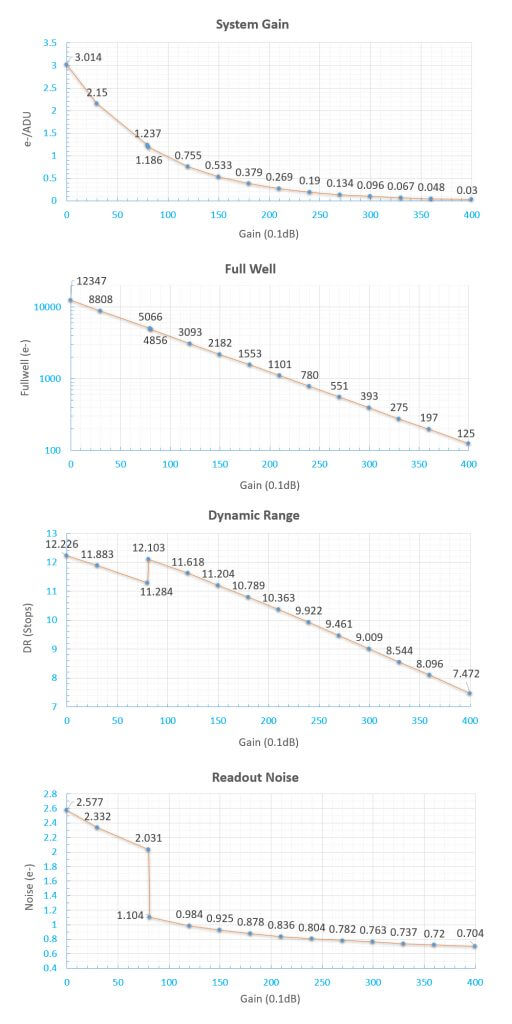
Regarding readout noise, we solemnly promise that all values are obtained from actual tests. And for users, you could use Sharpcap 4 for testing. SC4 has a function called Sensor Analysis, provide a very simple way to test readout noise.
After many rigorous readout noise tests, the Mars-C camera can reach a low readout noise of 0.73e at a gain of 350 and around 0.7e at a gain of 400.
If you are interested in readout noise testing, you may try it yourself, which is very simple.
The Mars-C camera has a unique HCG mode, which will automatically turn on when the camera gain setting is ≥80. The HCG mode can greatly reduce the readout noise and retain the same high dynamic range as the low gain.
The QE curve of the Mars-C camera is unique. The sensitivity reaches its peak at 800-850nm, and the RGB is gathered together, which has very strong infrared sensitivity.
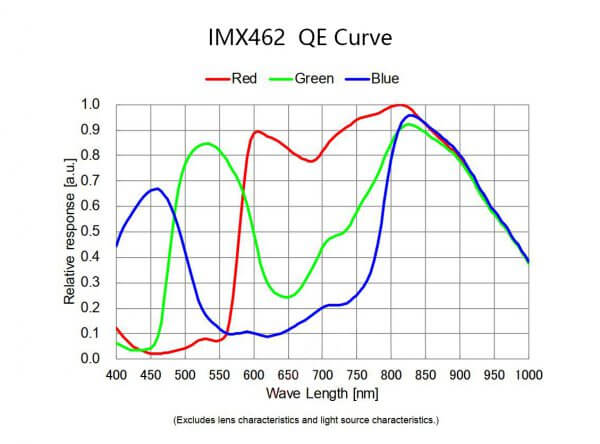


Data sheet
No customer reviews for the moment.
Reference: POA-NEPTUNE664C
Brand: Player One
Reference: POA-MARS-M
Brand: Player One
Reference: C1-5000CSCouleur
Brand: Moravian
Reference: C1-3000CSCouleur
Brand: Moravian
Reference: ZWASI183MM
Brand: ZWO
Reference: POA-NEPTUNE-C-II
Brand: Player One
Reference: ZWASI174MINI
Brand: ZWO
Reference: ZWASI120MINI
Brand: ZWO
Reference: C1-1500CSCouleur
Brand: Moravian
Reference: ZWASI220MINI
Brand: ZWO
Reference: POA-SATURNE-M
Brand: Player One
Reference: ZWASI662MC
Brand: ZWO
Reference: POA-APOLLO-M-MAX
Brand: Player One
Reference: ZWASI174MM
Brand: ZWO
Reference: POA-NEPTUNE-C
Brand: Player One
Reference: BA-2961570
Brand: Baader Planetarium

Mars-C is a planetary camera developed by Player One Astronomy, which adopts the Sony IMX462 1/2.8” format sensor. The 2.9um pixel size accommodates a well depth of 12ke with a total of 2.1MP (the resolution is 1944*1096), and the diagonal is 6.46 mm.
check_circle
check_circle